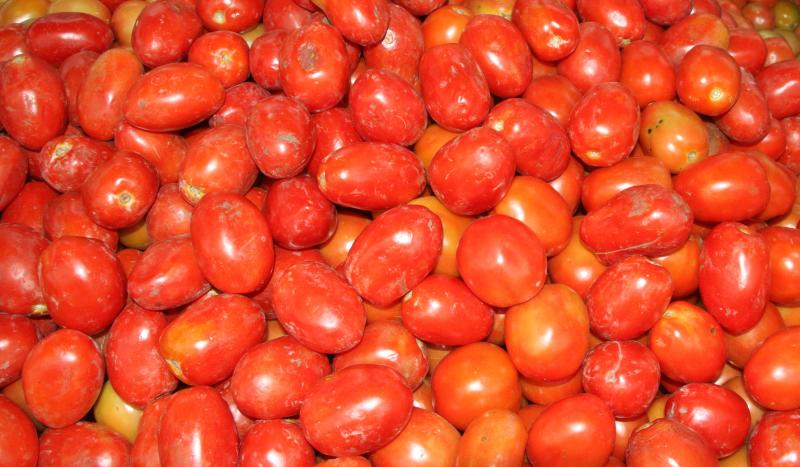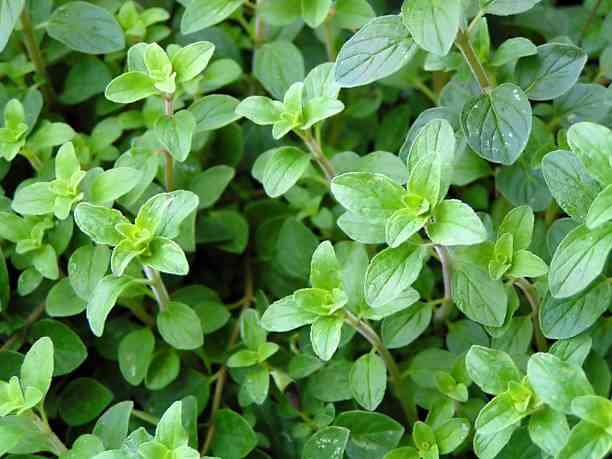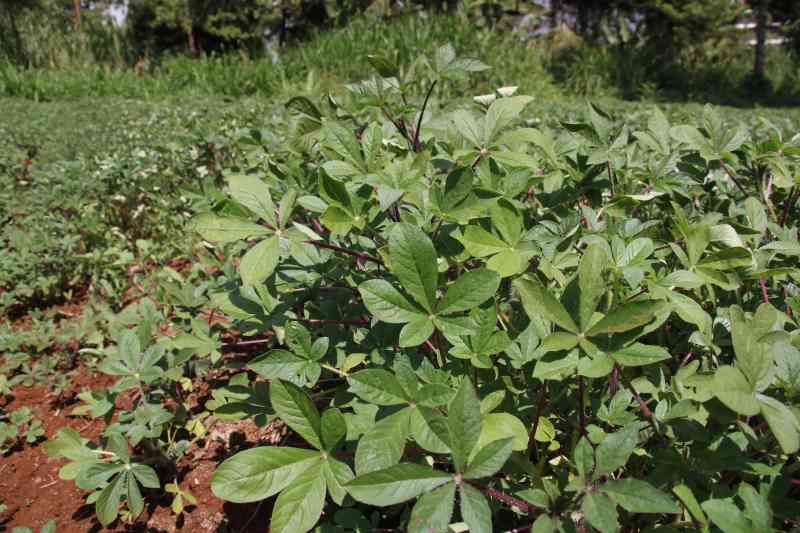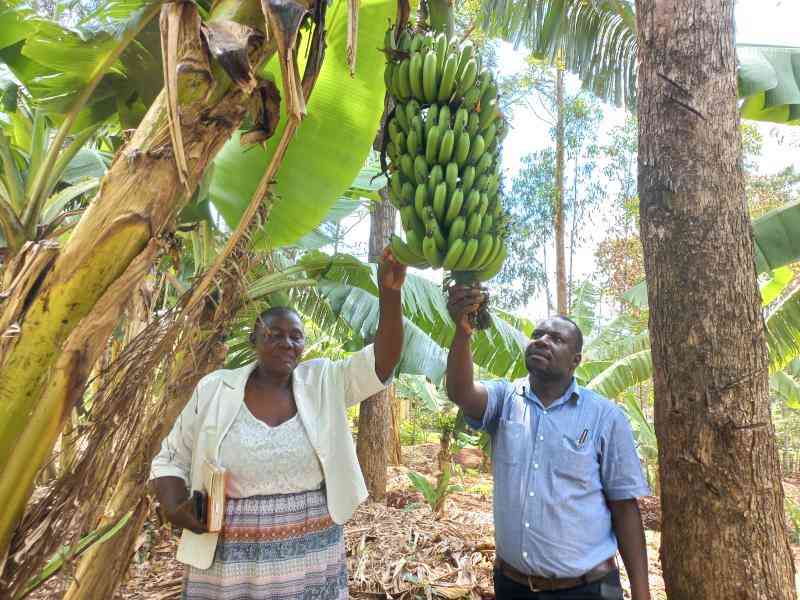
Tomatoes are good candidates for greenhouse farming. Their conditions for growth are best achieved through irrigation or under greenhouses. Tomatoes don’t do well in cool or soggy conditions. Here are crucial steps to consider when growingtomatoes.
Preparing the Seed Bed
Tomatoes perform better when transplanted from a seedbed nursery.
Seedbeds are prepared by raising soil around 15cm high and leaving spaces for walkways of around 30cm or more between beds. The soil should be tilled to make it easier for the small seeds to break through. As a precaution against nursery damping off and to give them a boost, soak the seeds in a mixture of AFRIKELP (2ml/litres of water) and RODAZIM (1ml/ltr of water) for four minutes before sowing.
The seeds should not be buried deep into the soil but be covered with a very light layer of soil. You can use your finger to draw the lines in which you plant the seeds and cover just slightly with soil.
The spacing between rows should be around 15cm. To increase moisture level, the bed is covered with hay or dry grass. This also reduces splash effect during watering.
Watering
Watering is best done in the morning. Your seeds should be sprouting by the eight day after planting. The watering should continue until a week or two before transplanting. Seedlings take about one month before they are ready for transplanting. Scout regularly for pests and diseases, because the earlier they are spotted and treated, the better the survival rate.
Transplanting
Two days before removing seedlings from the nursery, apply AFRIKELP (2ml/litre) to the seedlings. This will ensure a faster recovery from transplant shock. Transplanting should be done when seedling stems are between 4-6mm diamter, or at about 1 foot high. Avoid planting weak and diseased plants. Ensure the field is free from weeds before planting by applying ROPHOSATE at 200ml/20ltrs.
Plant the seedlings at a spacing of 45cm by 60cms. Dig the planting holes to a depth of 6 inches. If you apply manure, carefully incorporate into the soil before planting. Apply DAP fertiliser at a rate of 80kg per acre. Before transplanting, make sure your soil has a clean bill of health from your agronomist.
Weeding:
Top-dress the plants after four weeks with CAN or UREA at 50kgs per acre. Keep the field free from weeds particularly in the first 30 days. Avoid hand weeding as this may destroy the delicate roots. Apply AMBAR at 30ml/20ltrs between the rows and plants, to suppress any seed weeds before they sprout, and to kill any growing broad-leafed weeds.
During flower set, apply another dose of AFRIKELP 20ml/20ltrs targeting the flower buds. You can also mix with soluble foliar fertilisers which have high potassium and calcium. This will avoid calcium end rot and other related fruit diseases later on, as well as protect against flower/fruit abortion. After flower set, avoid fertilisers which are rich in nitrogen, eg CAN, NPK, Urea.
Pest and Disease Control
Scout for signs of Blight, Mildew, Canker. Be careful especially during cool wet conditions when blight is most active. Apply an early spray of MILOR 50gms/20ltres as a precaution against blight, and repeat after 7 days if conditions are cold and wet. Check for signs of insect damage every day particularly in warm dry conditions. The most serious pests include spider mite, leaf minor (tuta absoluta), thrips, whitefly, caterpillars and aphids. All of these can cause serious damage and should be controlled as much as possible.
Staking and pruning
This is done by tying a plant vertically using a string and poles. Two poles are connected using a wire and plants suspended using strings that are tied to it. This method increases the productivity of tomatoes as compared to traditional open-air methods. The plants grow vertically having several fruit clusters along the stem. Support should be done early after transplanting when the plant is still young to avoid stem damage/breaking later on.
Pruning is removing side shoots, old leaves, diseased leaves and laterals. This should be done weekly to remove side shoots before they develop.
Harvesting
The tomatoes should be ready for harvesting as from the 70th day onwards depending on the variety planted. Remove the ripe fruits from the stems carefully and place in clean disinfected containers.
Want to get latest farming tips and videos?
Join Us
 The Standard Group Plc is a multi-media organization
with investments in media platforms spanning newspaper print operations,
television, radio broadcasting, digital and online services. The Standard Group
is recognized as a leading multi-media house in Kenya with a key influence in
matters of national and international interest.
The Standard Group Plc is a multi-media organization
with investments in media platforms spanning newspaper print operations,
television, radio broadcasting, digital and online services. The Standard Group
is recognized as a leading multi-media house in Kenya with a key influence in
matters of national and international interest.
 The Standard Group Plc is a multi-media organization
with investments in media platforms spanning newspaper print operations,
television, radio broadcasting, digital and online services. The Standard Group
is recognized as a leading multi-media house in Kenya with a key influence in
matters of national and international interest.
The Standard Group Plc is a multi-media organization
with investments in media platforms spanning newspaper print operations,
television, radio broadcasting, digital and online services. The Standard Group
is recognized as a leading multi-media house in Kenya with a key influence in
matters of national and international interest.







